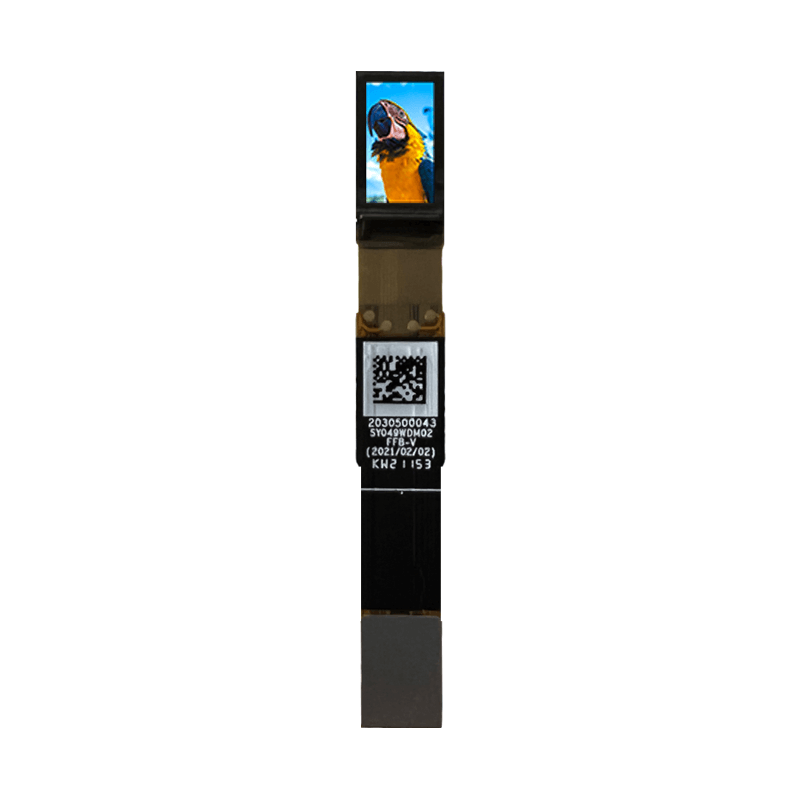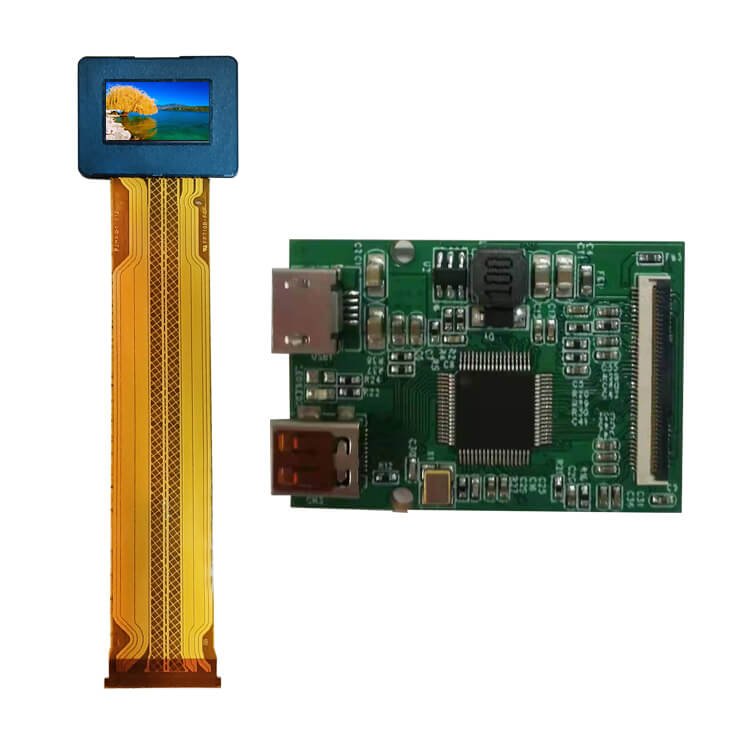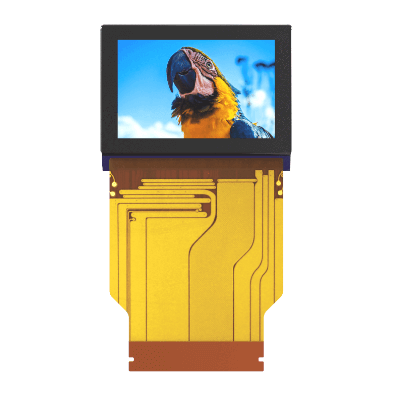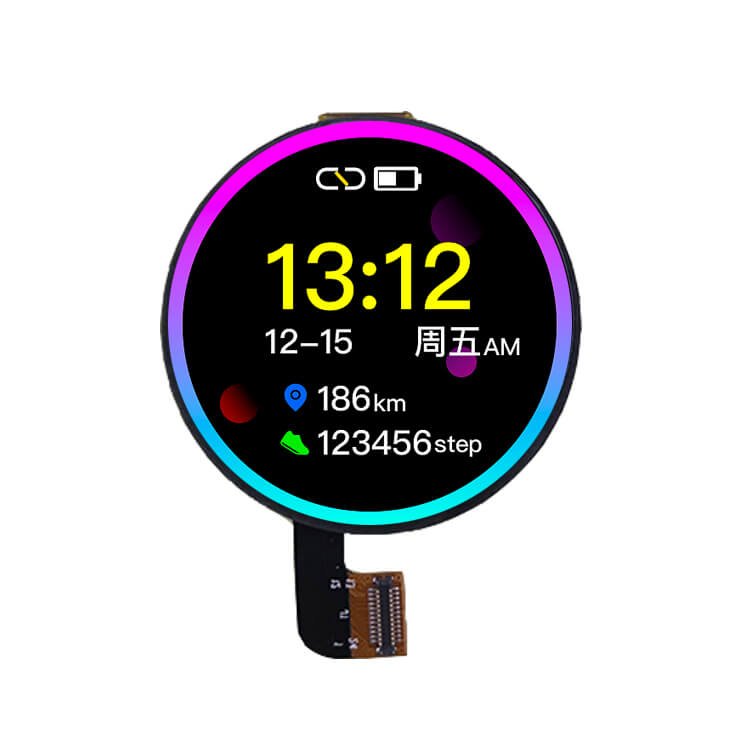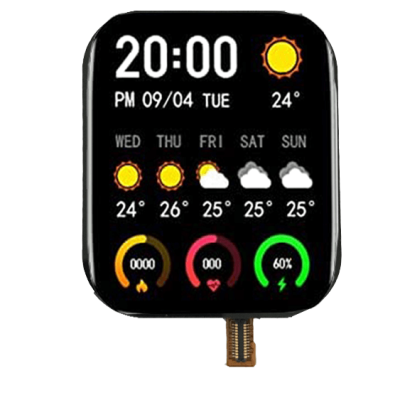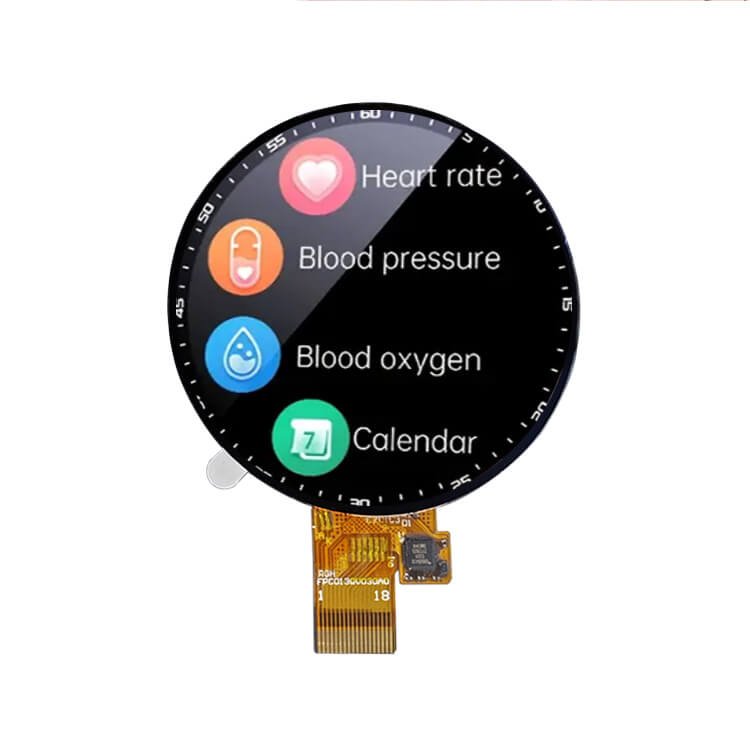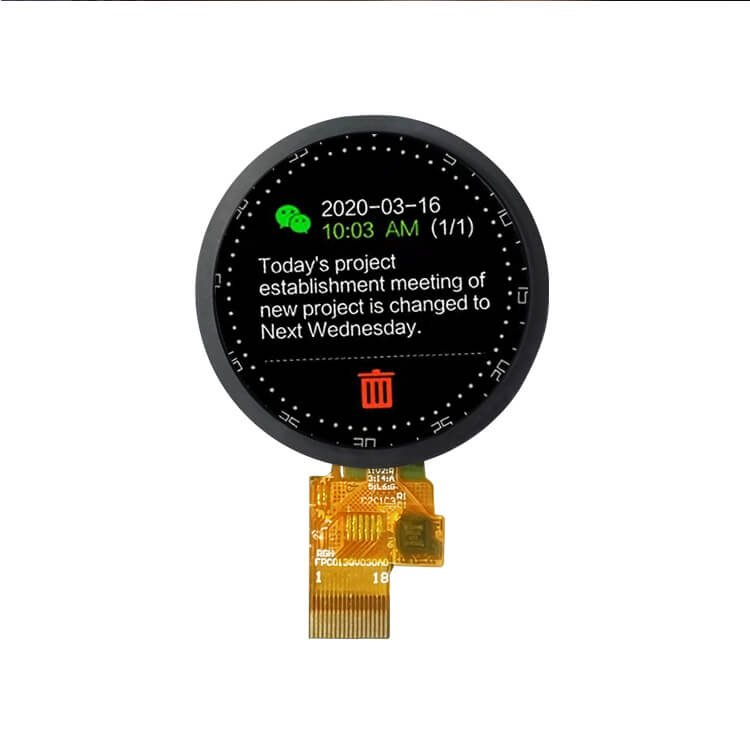Weable Devices
Smart wear, also known as wearable devices, is a general term for the application of wearable technology to intelligently design daily wear and develop wearable devices, such as glasses, gloves, watches, necklaces, bracelets, clothing, and shoes.
Wearable devices should have two most important characteristics: one is long-term wearability, and the other is intelligent. Wearable devices must be continuously worn on the human body and can bring about the effect of enhancing the user experience.
Terminal Applications:
- AR/VR/MR Headset
- Smart Audio
- Glasses/Smart Glasses…
- True wireless earphones/Bluetooth earphones…
- Wearable Speakers…
- Smart watch/smart bracelet/smart ring…
- Smart Clothes/Smart Sneakers
G&L Electronics provides different kinds of LCD display/OLED screens for Smart wearable devices. Some popular displays like 1.2inch and 1.39inch Full-Color Round AMOLED Display can go with a capacitive touchscreen. If you are looking for a square AMOLED touch panel, we have 1.65inch and 1.78inch QSPI Interface as alternatives.
Our AMOLED displays feature high resolution, super thin design, high color saturation, super wide viewing angle, superior contrast ratio, power-saving, and fast response time.
Not only AMOLED Displays, but we also have a popular TFT LCD Module. 0.96-inch is the hottest small TFT LCD display mostly used for e-cigarettes. And we have 1.08inch, 1.09inch, 1.28inch, 1.3inch,1.32inch, 1.6inch round LCD displays. For outdoor sports watches, transflective/ reflective LCD displays will be suitable for you.
Features:
- Shape-Full Round/ Circular, Square, Rectangle
- Light/Thin
- Technology-IPS, TN, AMOLED.
- Touch panel-With/Without Capacitive touch panel
- Outdoor visibility— good visibility realized by transflective/ reflective sunlight readable LCD display.
- Low Power consumption— it can extend the lifetime of the LCD display.
Microdisplay Wearable AMOLED
Wearable TFT LCD Touchscreen
Explore Main Application
Showcasing 5 Projects
Smart Watch
A smartwatch is a wearable technology device that provides various functionalities beyond timekeeping, such as smartphone notifications, health and fitness tracking, remote control, GPS navigation, and more.
The type of display used in a smartwatch depends on the brand and model. There are mainly two types of displays: LCD (liquid crystal display) and OLED (organic light-emitting diode).
LCD displays are commonly found in budget and mid-range smartwatches as they are relatively cheaper. They offer good visibility even in bright sunlight, and they consume less power. The common sizes for LCD displays in smartwatches are 1.2 inches to 1.5 inches.
OLED displays are used in high-end smartwatches as they offer better color and contrast than LCD displays. They also provide better readability under direct sunlight. OLED displays are more power-efficient than LCD displays, resulting in longer battery life. The common sizes for OLED displays in smartwatches are 1.3 inches to 1.8 inches.
Smart Barcelet
A smart bracelet is a wearable device worn on the wrist that typically tracks fitness and health-related data such as steps taken, calories burned, heart rate, and sleep patterns, and can connect to a smartphone to receive notifications.
The display technology used in smart bracelets varies depending on the manufacturer and model. Some popular brands may use LCD displays, OLED displays, or even e-ink displays. The size of the display typically ranges from 0.6 to 1.5 inches for most smart bracelets, with some models featuring larger displays of up to 2 inches.
Night Vision Device
Night Vision Devices are optical devices that enable individuals to see in low-light or no-light environments. They typically use image intensifier tubes to amplify available light, such as the moon or starlight, to create an image that can be seen by the human eye.
The type of display used in a Night Vision Device depends on the specific product as there are various types of night vision devices such as goggles or monoculars. Some devices may use OLED displays such as 0.39-inch micro OLED displays and 0.71-inch SONY OLED microdisplays. It can display as a single display and dual AMOLED screens.
The size of the display also varies depending on the product, but they are typically small and compact to fit the design of the device without being cumbersome for the user
AR/VR Head-mounted displays(HMD)
The AR/VR Head-mounted displays (HMD) are devices that are worn on the head to provide a virtual or augmented reality experience. They consist of both display screens and sensors that track the user’s head and eye movements to create the illusion of a 360-degree environment.
The most commonly used displays for HMDs are OLED screens due to their high contrast, fast response time, and low persistence.
OLED displays can vary in size depending on the specific HMD design and manufacturer, but they typically range from 3 inches to 5.5 inches. Some popular sizes of OLED displays used in HMDs include 5.5 inches, 5.7 inches, and 5.8 inches.
Near-Eye Displays
Near-Eye Displays (NEDs) are a type of display technology that is designed to be worn close to the user’s eyes for an immersive viewing experience. NEDs are commonly used in virtual reality (VR) and augmented reality (AR) headsets, as well as in military and industrial applications for heads-up displays.
OLED displays are the most commonly used displays in NEDs due to their high contrast ratio, fast response time, and low power consumption. Some popular OLED displays used in NEDs include:
1. Sony Display’s AMOLED displays: These displays are available in a variety of sizes, from small screens for smartwatches to larger panels for VR and AR headsets.
2. Sony’s OLED microdisplays: These displays are designed for use in industrial and consumer electronics applications, and are available in sizes ranging from 0.5 inches to 0.7 inches.
3. eMagin’s OLED microdisplays: These displays are specifically designed for use in military and industrial applications, and are available in sizes ranging from 0.39 inches to 1.05 inches.



